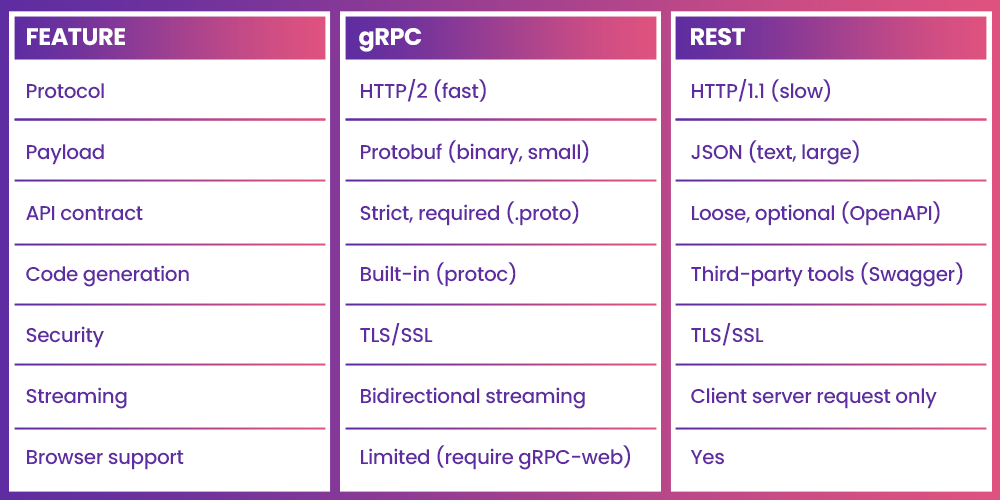

The representation, or the information, is delivered in any of the mentioned formats via HTTP: HTML, Python, PHP, XLT, or plain text. When a client requests the RESTful API, it helps transfer the representation of the resource's state to the person who made the request or to the endpoint. As a result, there are quite a several ways in which API developers could apply REST. Instead, it is a set of architectural constraints. REST is neither a protocol nor a standard. Since the launch of its first open source version in 2015, humongous growth has been experienced by GraphQL, as this technology was adopted by the big players in the tech business. However, if we consider them in the CRUD model, a query is nothing more than R (read).įacebook developed GraphQL to resolve the experience of their mobile app developers, who are working on REST APIs. GraphQL provides no requirements for authorization, network, or pagination.įrom the client's point of view, The most common operations of GraphQL are most likely to be mutations and queries. GraphQL does not provide guidance about how the data could be stored or what programming language must be used– developers have a lot to choose from, like Python, PHP, Ruby, JavaScript, etc. Then, the value is produced at the execution time by calling out the resolver.Īpart from validating and defining syntax, most of the decisions are left by GraphQL for developers to make. The API developers attach every field in a schema with a function known as a resolver. After that, the validated query is executed by GraphQL.

Resolvers, schema, and other common GraphQL termsĭevelopers utilize GraphQL to build a schema that describes all the possible data clients may query through the service.Ī GraphQL consists of object types, which explain what kind of object can be requested and what fields it consists of.Īs a query arises, the query is validated against the schema by GraphQL. As a result, developers can develop APIs with whichever method they prefer, and the specification of GraphQL will ensure that they function predictably to clients. GraphQL allows API developers to depreciate or add fields without impacting an existing query. In addition, GraphQL helps developers build requests that pull data to a single API from multiple data sources as a REST alternative. It can also be deployed within an IDE (integrated development environment). GraphQL is designed to help make the APIs fast, developer-friendly, and flexible. GraphQL prioritizes providing clients with the requested data. GraphQL is a language for queries and a server-side runtime for APIs. REST, we must fully understand what these two mean. However, both of them have their advantages and disadvantages, and this article is going to be a discussion about the difference and similarities between these two.īefore starting the battle of GraphQL vs. Both these technologies work by receiving the results after sending an HTTP request. While REST broke traditional API methods, GraphQL is famously known for being a better REST for building API.īoth of these methods are not at all similar. However, most developers don't bother looking further than REST and GraphQL. When you want to build an API, you can consider four ways: GRPC, REST, SOAP, and GraphQL. When you have to choose between Restful and GraphQL APIs, the decision becomes all the more difficult.

We all want to ensure we choose the best design structure available for APIs. While designing your next tech stack strategy, one thing that is bound to bother you is the selection of technologies.


 0 kommentar(er)
0 kommentar(er)
